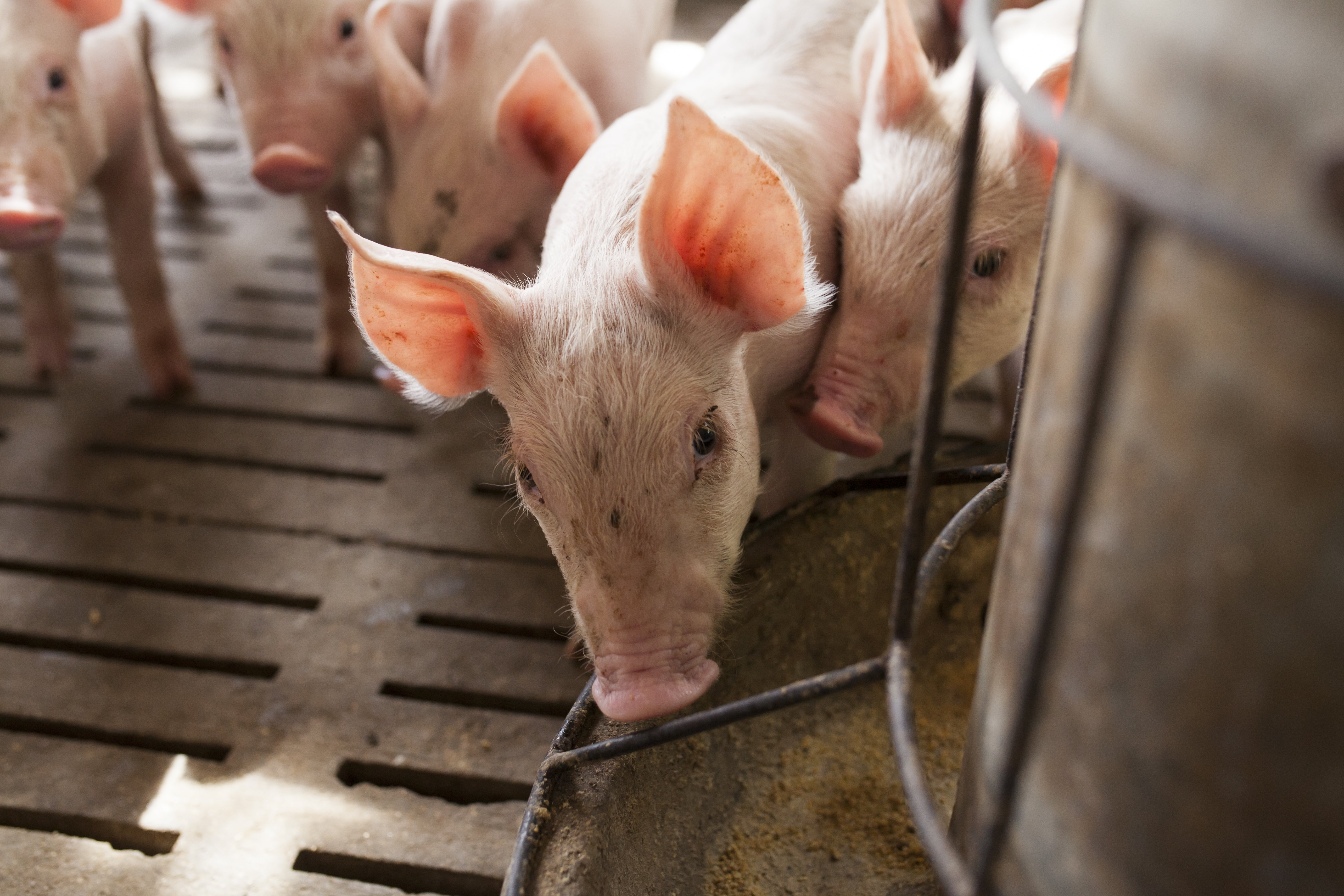Weaning piglets without zinc oxide at high doses
From 26 June 2022 the inclusion of high doses of Zinc in animal diets will be banned and therefore it will no longer be an available tool to support the post-weaning period of piglets. This means that from June 2022 post-weaning piglet diets will only be able to include Zinc as a feed additive (up to 150 ppm of complete feed), as Zinc is an essential trace mineral for physiological functions.
The reason for this ban is that the inclusion of high doses of Zinc in the piglet diets raises some concerns:
-
Environmental – ZnO is poorly absorbed, the bioavailability of Zinc from ZnO is typically only 20%. This means that a significant amount of the zinc ends up being excreted in the faeces unabsorbed. As pig faeces end up in the environment, used as a fertilizer, it may pose a significant risk, to the environment, particularly aquatic environment.
-
Antimicrobial resistance – there is evidence that the use of ZnO at high doses can lead to the increase of the abundance of multi-resistant bacteria. As a consequence, resistant bacteria with antimicrobial resistance genes, can be transferred via pig manure on agricultural fields and to the environment.
Outside of the EU, high doses of Zinc oxide post-weaning will not yet be banned. However, these countries should not sit and cherish the use of ZnO, as eventually they will follow banning this practice. The same happened with Antimicrobial Growth Promoters (AGP) in the past (2006 in Europe, 2021 in China). Therefore, regardless of an existing or upcoming ban on ZnO, sustainable pig production needs to be made feasible without it.
The mode of action of ZnO is still not fully understood but it is accepted that it has a significant impact in immunity, gut integrity, controlling undesirable bacteria (such as E. coli) and microbiome. This results in the fact that we need a holistic approach, as no single product can directly replace ZnO.

For this holistic approach, we need to include a number of solutions. First, we need to look at a solution to support the immune system. Supplementing the diet of piglets with beta-(1,3)-glucan from an algae source supports the faster maturation of the immune system and aids intestinal villi length and IgA production, all key for successful weaning. Second, we need to find a solution to control harmful bacteria that take advantage of the challenges of weaning such as E.coli. As a solution, we can use encapsulated sources of calcium formate and citric acid which can assist in the control of enteric gram-negative (E.coli and Salmonella) infections in pigs. Third, to support the microbiome, we can rely on probiotics, with some having specific activity against certain microbes favoring beneficial bacteria. Fourth, the intestinal integrity can be supported with butyrates, these need to be sustainably released along the intestinal tract of pigs. Butyric acid acts as the energy source for intestinal enterocytes, improving intestinal tract integrity, tight junctions and nutrient absorption.
Life after the ZnO ban at high doses is possible and will result in an improvement for the piglets after the ban (Zinc oxide is not palatable, and piglets will consume less feed when zinc oxide is present, intensifying an already existing problem).
However, it is critical to take a holistic approach in which we support the piglets, from improving the weaned piglet quality to supporting its microbiome and intestinal development as we control nefarious bacteria to improving feed intake post-weaning.
Download our brochure on this challenge and possible solutions.

